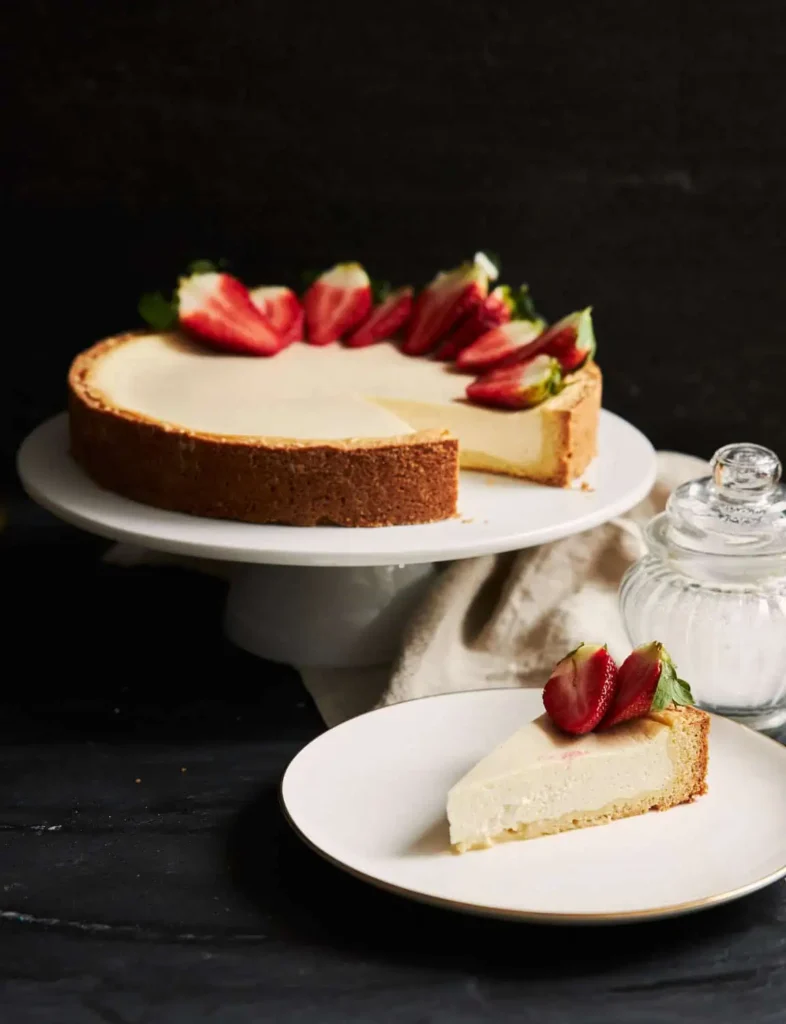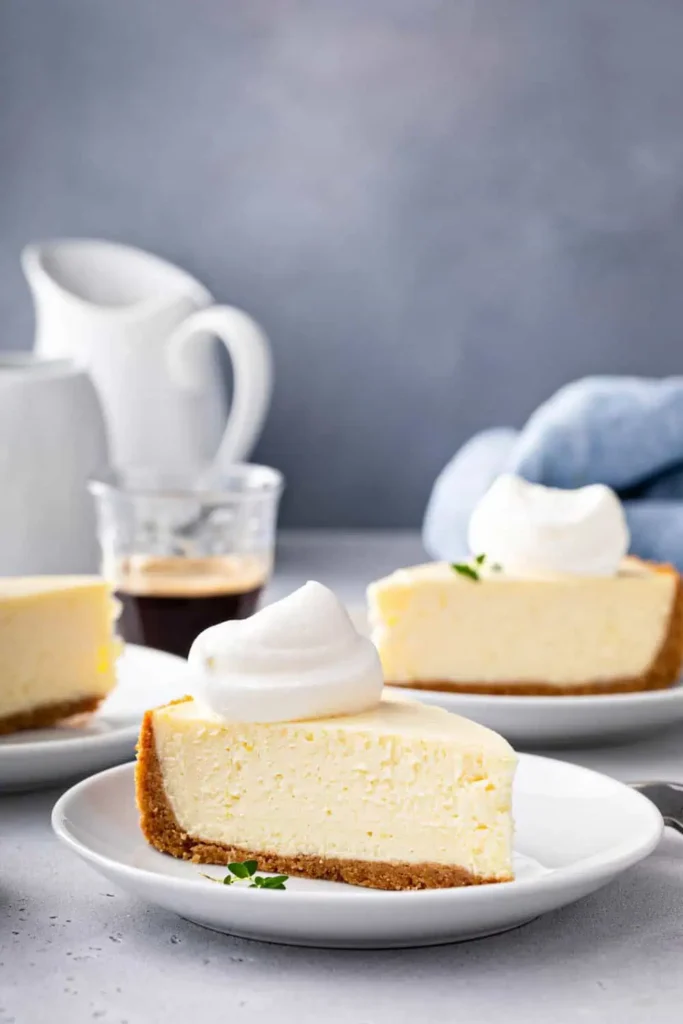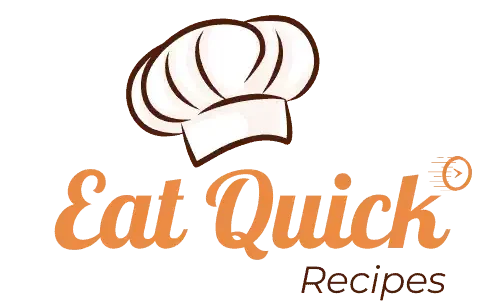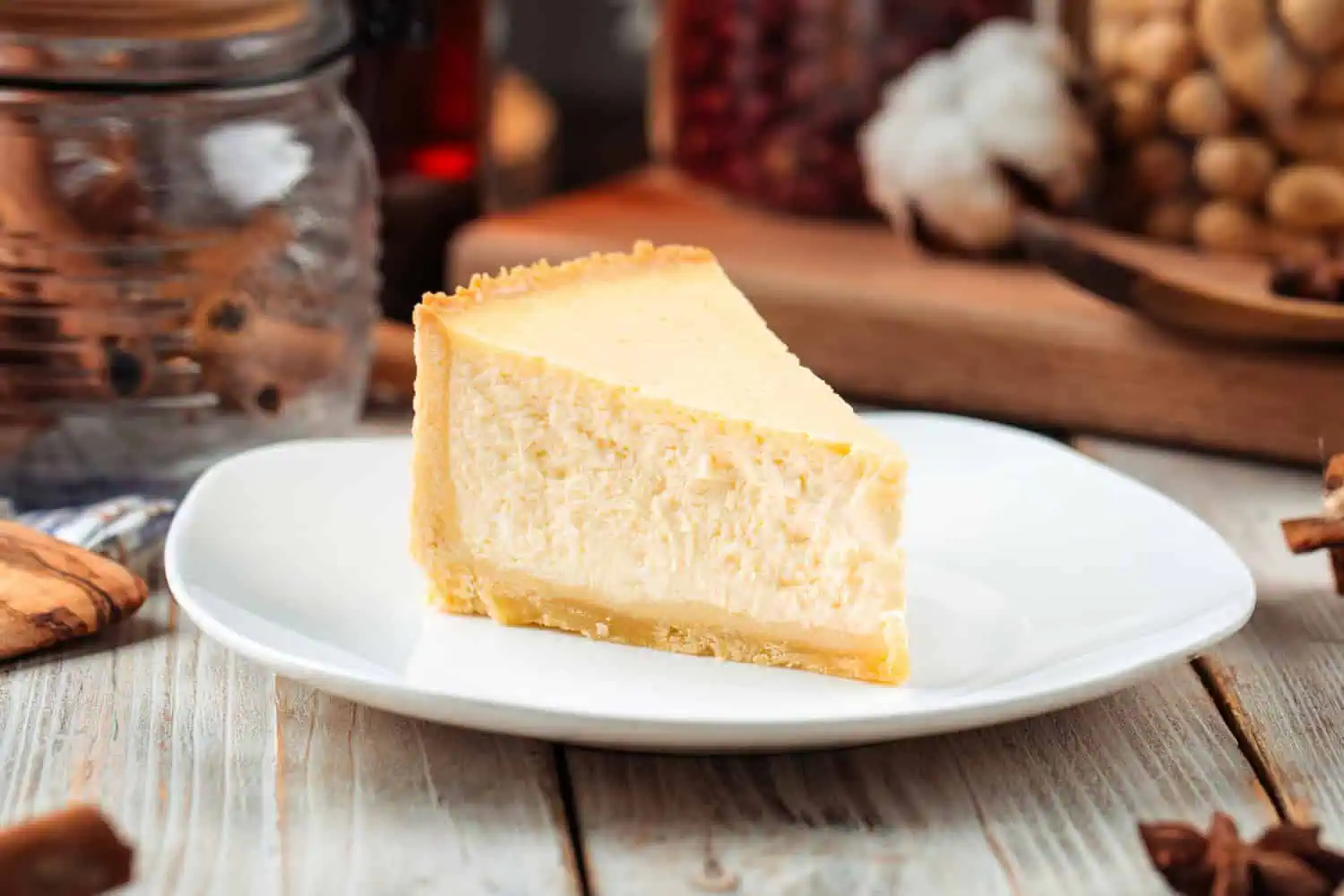When it comes to desserts, few are as universally loved and celebrated as the classic cheesecake. This rich, creamy, and indulgent treat has been a staple in kitchens, bakeries, and restaurants for centuries. But what is a classic cheesecake, and what makes it so special? At its core, a classic cheesecake is a dessert made with a smooth cream cheese filling, a buttery graham cracker crust, and a perfectly balanced flavor that’s neither too sweet nor too tangy. It’s a dessert that’s simple yet sophisticated, and its versatility makes it a favorite for any occasion.
In this guide, we’ll explore everything you need to know about classic cheesecake—its history, ingredients, variations, baking tips, serving suggestions, and more. Whether you’re a seasoned baker or a cheesecake enthusiast, this article will answer all your questions and help you master the art of this timeless dessert.
The History of Classic Cheesecake: Where It All Began
The origins of cheesecake date back thousands of years, making it one of the oldest desserts in history. While the classic cheesecake we know today is often associated with New York, its roots can be traced to ancient Greece.
Ancient Beginnings
The first recorded cheesecake recipe comes from ancient Greece, where it was served to athletes during the first Olympic Games in 776 BC. The Greeks made their version of cheesecake using simple ingredients like cheese, honey, and wheat. It was considered a source of energy and was often used in celebrations.
Cheesecake was so beloved in ancient Greece that it was even mentioned in historical texts. The Greek physician Aegimus wrote a book on the art of making cheesecake, which shows how important this dessert was in their culture.
Roman Influence
When the Romans conquered Greece, they adopted the cheesecake recipe and spread it throughout Europe. They added their own twist by incorporating eggs and baking the mixture in a pastry crust. This version of cheesecake became popular across the Roman Empire and was often served at feasts and banquets.
The Romans called their version of cheesecake “libum,” and it was often used as an offering to the gods in religious ceremonies. This shows how cheesecake was not just a dessert but also held cultural and spiritual significance.
European Evolution
During the Middle Ages, cheesecake recipes evolved further as different regions of Europe added their own local ingredients. For example:
- Italians used ricotta cheese, which gave their cheesecake a lighter texture.
- Germans introduced quark cheese, a fresh dairy product that added a tangy flavor.
- The French created lighter, soufflé-like versions of cheesecake, often flavored with citrus or vanilla.
Cheesecake became a symbol of regional pride, with each country developing its own unique take on the dessert. By the Renaissance, cheesecake was a popular dish among European nobility, often served at lavish banquets.
The Birth of the Classic Cheesecake in America
The classic cheesecake as we know it today was born in the United States in the early 20th century. The key ingredient that set it apart was cream cheese, which was invented in 1872 by a New York dairyman named William Lawrence. Cream cheese provided a richer, creamier texture than the cheeses traditionally used in Europe, and it quickly became the standard for American cheesecakes.
By the 1920s, New York-style cheesecake had become a culinary icon, thanks to Jewish delis and bakeries that perfected the recipe. Restaurants like Lindy’s and Junior’s in New York City became famous for their cheesecakes, and the dessert’s popularity spread across the country.
What Makes a Cheesecake “Classic”?
A classic cheesecake is defined by its simplicity and balance of flavors. It typically consists of two main components: the crust and the filling. While there are many variations of cheesecake, the classic cheesecake stands out for its rich, creamy texture and subtle sweetness.
The Crust
The crust of a classic cheesecake is traditionally made from:
- Graham cracker crumbs: These provide a slightly sweet, crumbly base that complements the creamy filling.
- Melted butter: This binds the crumbs together and adds richness.
- Sugar: A small amount of sugar enhances the flavor and adds a touch of sweetness.
Some variations may use digestive biscuits, shortbread, or even chocolate cookies, but graham crackers remain the most popular choice for a classic cheesecake. The crust is pressed into the bottom of a springform pan and baked briefly to set it before the filling is added.
The Filling
The filling is the star of the show. It’s made with:
- Cream cheese: Full-fat cream cheese is essential for the rich, creamy texture that defines a classic cheesecake.
- Sugar: Granulated sugar sweetens the filling without overpowering it.
- Eggs: Eggs provide structure and help the cheesecake set during baking.
- Vanilla extract: This adds a subtle, aromatic flavor that enhances the overall taste.
- Heavy cream or sour cream: These ingredients add smoothness and a slight tang, balancing the sweetness of the sugar.
The result is a silky, dense, and luxurious filling that melts in your mouth. The key to a perfect classic cheesecake is achieving the right balance of flavors and textures.

How to Make a Classic Cheesecake: Step-by-Step Guide
Making a classic cheesecake at home may seem intimidating, but with the right techniques, it’s easier than you think. Here’s a step-by-step guide to help you create the perfect cheesecake.
Ingredients You’ll Need
For the crust:
- 2 cups graham cracker crumbs
- 1/2 cup unsalted butter, melted
- 1/4 cup granulated sugar
For the filling:
- 4 (8-ounce) packages of cream cheese, softened
- 1 cup granulated sugar
- 4 large eggs
- 1 teaspoon pure vanilla extract
- 1/2 cup sour cream or heavy cream
Instructions
- Prepare the Crust:
- Preheat your oven to 325°F (163°C).
- Mix the graham cracker crumbs, melted butter, and sugar in a bowl until well combined.
- Press the mixture into the bottom of a springform pan, creating an even layer.
- Bake the crust for 10 minutes, then let it cool.
- Make the Filling:
- In a large mixing bowl, beat the cream cheese until smooth and creamy.
- Add the sugar and mix until fully incorporated.
- Beat in the eggs one at a time, mixing just until combined.
- Stir in the vanilla extract and sour cream (or heavy cream).
- Assemble the Cheesecake:
- Pour the filling over the cooled crust, spreading it evenly.
- Place the springform pan in a larger roasting pan and fill the roasting pan with hot water (this creates a water bath to prevent cracks).
- Bake:
- Bake the cheesecake for 60-70 minutes, or until the edges are set but the center is slightly jiggly.
- Turn off the oven and let the cheesecake cool inside with the door slightly ajar for 1 hour.
- Chill:
- Remove the cheesecake from the oven and let it cool to room temperature.
- Refrigerate for at least 4 hours, preferably overnight, before serving.
Variations of Classic Cheesecake
While the classic cheesecake is delicious on its own, there are countless variations to suit different tastes and occasions. Here are some popular options:
Flavor Variations
- Strawberry Swirl Cheesecake: Add a swirl of strawberry puree to the filling before baking.
- Chocolate Cheesecake: Mix melted chocolate into the filling for a rich, decadent twist.
- Lemon Cheesecake: Add lemon zest and juice for a bright, tangy flavor.
- Caramel Cheesecake: Drizzle caramel sauce over the top for extra sweetness.
- Pumpkin Cheesecake: Perfect for fall, this version includes pumpkin puree and warm spices.
Regional Styles
- New York-Style Cheesecake: Known for its dense, creamy texture and slightly tangy flavor.
- Italian Cheesecake: Made with ricotta cheese for a lighter texture.
- Japanese Cheesecake: A fluffy, soufflé-like version that’s less sweet.
- German Cheesecake: Uses quark cheese and often includes a pastry crust.
- French Cheesecake: Lighter and more custard-like, often served without a crust.
Tips for Baking the Perfect Classic Cheesecake
Baking a classic cheesecake requires attention to detail. Here are some tips to ensure success:
- Use Room Temperature Ingredients: This helps the ingredients blend smoothly and prevents lumps.
- Don’t Overmix: Overmixing can incorporate too much air, leading to cracks.
- Use a Water Bath: This keeps the cheesecake moist and prevents the top from cracking.
- Avoid Overbaking: The center should still have a slight jiggle when you remove it from the oven.
- Cool Gradually: Sudden temperature changes can cause the cheesecake to crack.
Serving and Storing Classic Cheesecake
How to Serve
- Let the cheesecake sit at room temperature for 30 minutes before serving.
- Use a hot knife (run it under hot water and wipe dry) for clean slices.
- Garnish with fresh berries, whipped cream, or a drizzle of chocolate or caramel sauce.
How to Store
- Refrigerate: Store in an airtight container in the fridge for up to 5 days.
- Freeze: Wrap the cheesecake tightly in plastic wrap and aluminum foil, then freeze for up to 3 months. Thaw in the refrigerator overnight before serving.

Frequently Asked Questions (FAQs)
What is the difference between a classic cheesecake and a New York-style cheesecake?
While both are rich and creamy, New York-style cheesecake is denser and often includes heavy cream or sour cream for added tanginess. Classic cheesecake is slightly lighter and more versatile in flavor.
Why does my cheesecake crack?
Cracks can occur due to:
- Overmixing the batter
- Baking at too high a temperature
- Not using a water bath
- Cooling too quickly
Can I make a classic cheesecake without a water bath?
Yes, but a water bath helps prevent cracks and ensures even baking. If you skip it, bake at a lower temperature and place a pan of water on the oven’s bottom rack.
How long should I chill a cheesecake before serving?
For the best texture and flavor, chill your classic cheesecake for at least 4 hours, but overnight is ideal.
Can I freeze a classic cheesecake?
Absolutely! Cheesecake freezes well. Wrap it tightly in plastic wrap and aluminum foil, and freeze for up to 3 months.
Nutritional Information for Classic Cheesecake
A typical slice of classic cheesecake (1/12 of a 9-inch cheesecake) contains:
- Calories: 350-400
- Fat: 25-30g
- Carbohydrates: 25-30g
- Protein: 6-8g
- Sugar: 20-25g
Final Thoughts: Why Classic Cheesecake is a Timeless Dessert
A classic cheesecake is more than just a dessert—it’s a symbol of indulgence, tradition, and versatility. Its creamy texture, rich flavor, and endless customization options make it a favorite for celebrations, holidays, and everyday treats. Whether you’re baking one from scratch or enjoying a slice at your favorite bakery, the classic cheesecake never fails to impress.
Now that you know what a classic cheesecake is and how to make it, why not try baking one yourself? With the tips and techniques in this guide, you’ll be able to create a cheesecake that’s as delicious as it is beautiful. Happy baking!

